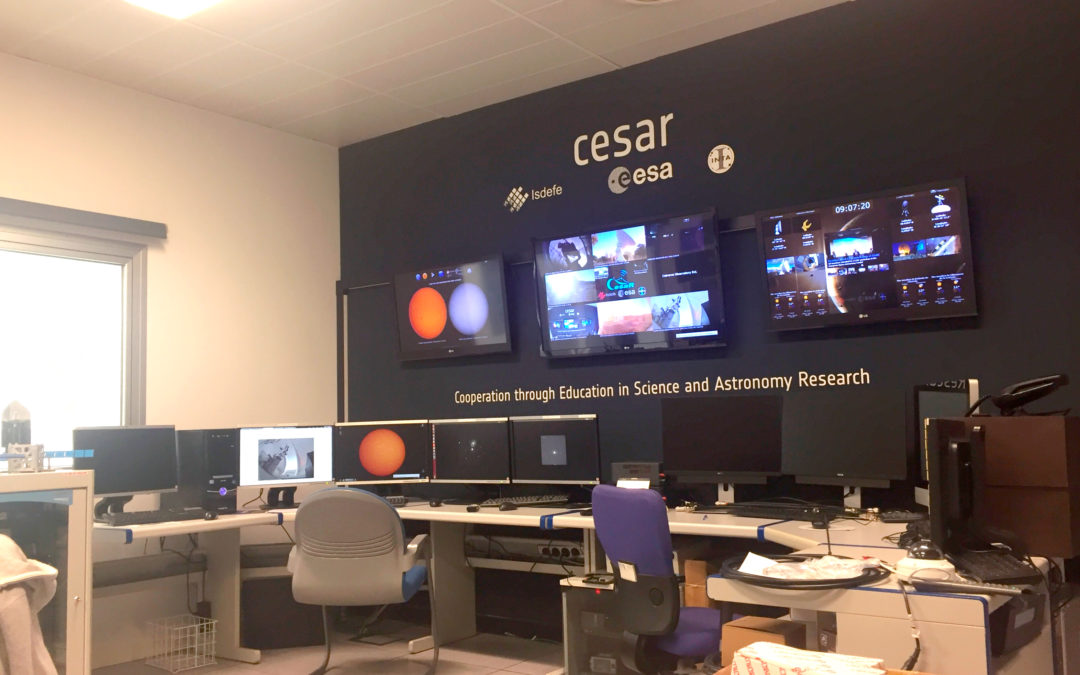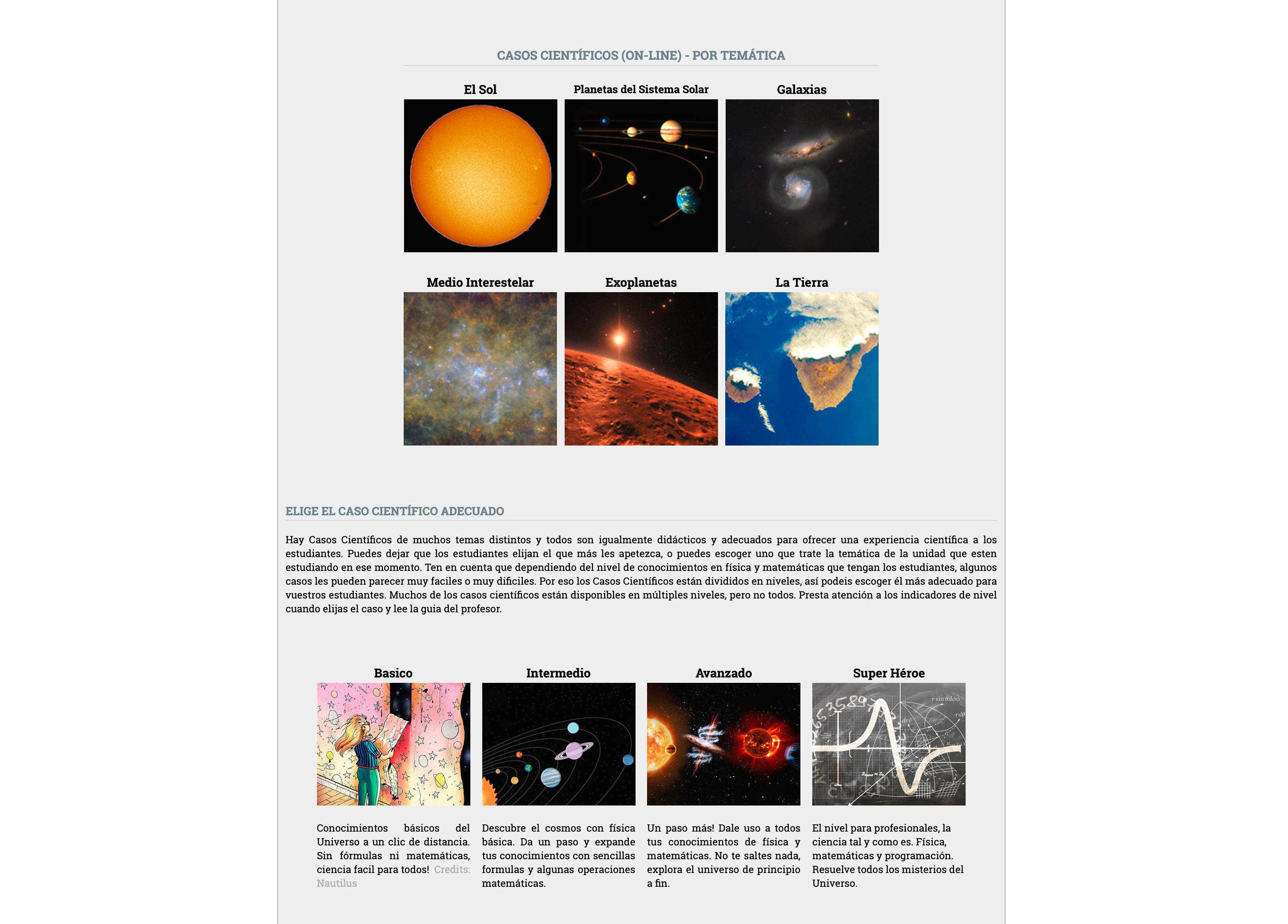As part of the ESAC – ESA (European Space Astronomy Centre of the European Space Agency) educational project CESAR (Cooperation through Education in Science and Astronomy Research) we have been developing Science Case Web-Tools to complement the educational products of the project. This new software is specifically designed both to ease the task of solving the Science Cases and to make them more fun and attractive to students.
About CESAR and the Science Cases
CESAR is an educational initiative of ESA‘s Science Space Astronomy Center (ESAC) whose main objective is to engage students with the wonders of astronomy and, more generally, science and technology. Multiple experiences are offered within this project, from guided visits to ESAC that include on-site practical experiences, to stand-alone online exercises that make use of real scientific data and provide students with hands-on experience in real astronomy measurements or studies.
These online exercises are what we call “Science Cases”. Each Science Case’s goal is to perform a brief study on an astronomy-related topic. For example, there are Science Cases in which you have to classify some galaxies or nebulae and some others in which the objective is to calculate the distance between two astronomical bodies. Whatever the goal may be, each Science Case provides with sufficient tools and data to achieve it and includes background information on all astronomy topics related to it.
About our new Web-Tools
One of our jobs in this project is to design Web-Tools that ease the tasks of measurement and data manipulation needed to solve the Science cases and at the same time check the students’ performance. With them, we help at the same time the teacher, who does not have to check the results one by one, and the student, that has no need to use complex confusing programs for just a few simple measurements. So far, we have successfully developed three web-tools for sun-related Science Cases: One to measure the Sun rotation period, a second one to measure the differential rotation speed at different latitudes (both of them based on sunspots tracking), and a third one to measure the Venus-Sun distance (using data from a Venus transit).
Also, each web-tool is adapted to different ages with four difficulty levels. All of them offer measurement techniques adapted to different-ages students and still provide scientifically correct results. Moreover, the apps are designed with a user-friendly interface, they are kind of an easy game with different steps and some funny displays, so students enjoy doing the Science Cases and associate science and astronomy to an amusing experience. That is what we want in future astronomers and engineers!







All Images © CESAR-ESAC-ESA


